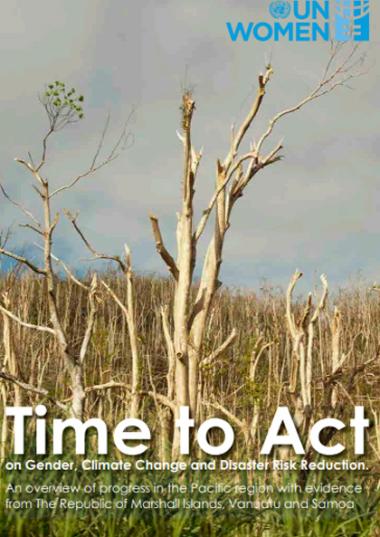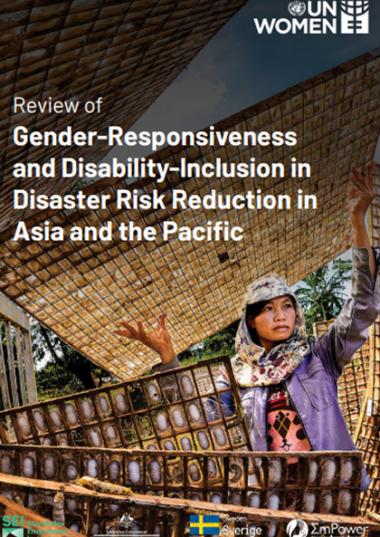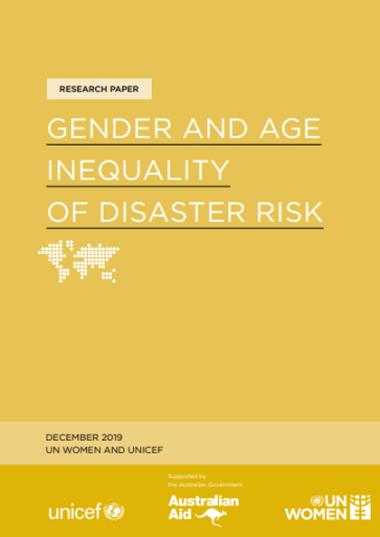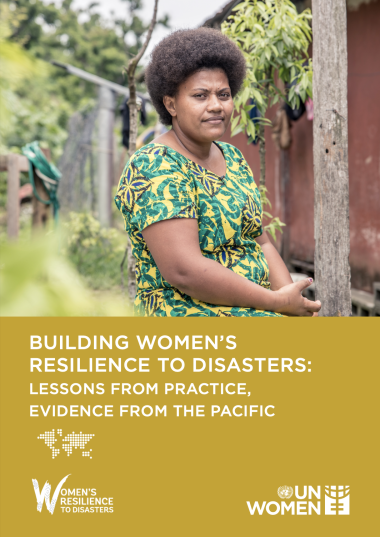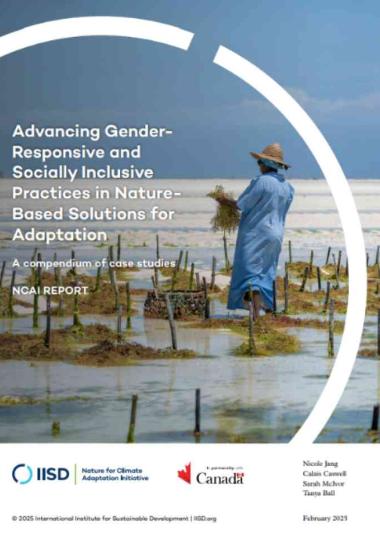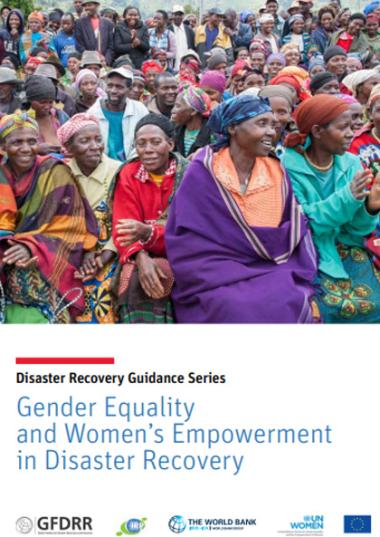
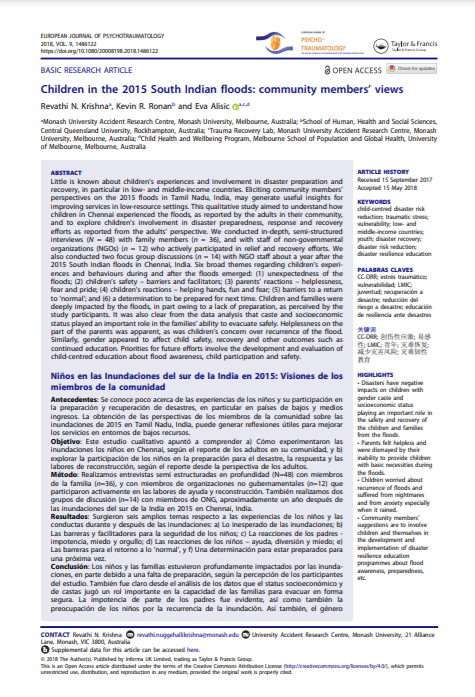
Community members’ views
Little is known about children’s experiences and involvement in disaster preparation and recovery, in particular in low- and middle-income countries. Eliciting community members’ perspectives on the 2015 floods in Tamil Nadu, India, may generate useful insights for improving services in low-resource settings.
This qualitative study aimed to understand how children in Chennai experienced the floods, as reported by the adults in their community, and to explore children’s involvement in disaster preparedness, response and recovery efforts as reported from the adults’ perspective. In-depth, semi-structured interviews were conducted with family members, and with staff of non-governmental organizations (NGOs) who actively participated in relief and recovery efforts.
Two focus group discussions were also conducted with NGO staff about a year after the 2015 South Indian floods in Chennai, India. Six broad themes regarding children’s experiences and behaviours during and after the floods emerged:
(1) unexpectedness of the floods; (2) children’s safety – barriers and facilitators; (3) parents’ reactions – helplessness, fear and pride; (4) children’s reactions – helping hands, fun and fear; (5) barriers to a return to ‘normal’; and (6) a determination to be prepared for next time.
Children and families were deeply impacted by the floods, in part owing to a lack of preparation, as perceived by the study participants. It was also clear from the data analysis that caste and socioeconomic status played an important role in the families’ ability to evacuate safely. Helplessness on the part of the parents was apparent, as was children’s concern over recurrence of the flood. Similarly, gender appeared to affect child safety, recovery and other outcomes such as continued education.
Priorities for future efforts involve the development and evaluation of child-centred education about flood awareness, child participation and safety.
